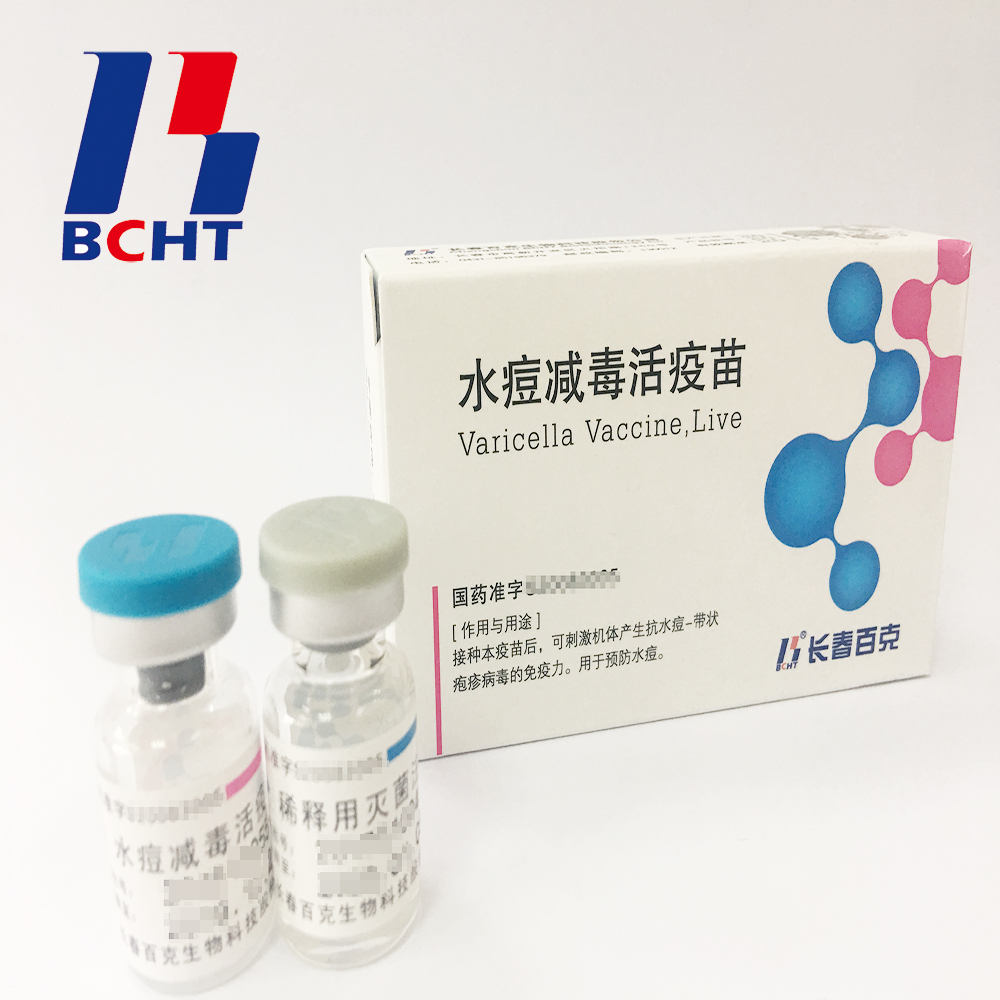(1) The adults of the genus Giardia gnaw into the nicks, but the larvae mainly feed on the larvae in the trunk cortex. The damaged cortex has a prominent rift, and the punctate brown globules flow out of the oil. When the damage is severe, the bark bursts. Branch or whole plant withered. Manual killing: During the emergence period of adult insects, using its suspended animation, the branches were shaken before the dew had dried in the morning and were killed after landing. Brushing stems: Apply 20-30 times of dichlorvos emulsion, omethoate emulsion or monocrotophos emulsion on stems from adult to larvae damage period, repeat 3-4 times (interval 7-10d); use 80% Dichlorvos emulsion and 10-20 times the clay, add appropriate amount of water into a paste, brushing in the branches of the damage, so that after the emergence of adult eclosion bark out of the hole when the poisoning and death. Adult control: 90% trichlorfon can be used 1000 times for crown spraying 2-3 times (about 7d interval); Toxic larvae: scrape bark at the hatching of larvae, coated with 80% dichlorvos emulsion 20 times. (2) Adult lice and nymphs suck buds, leaves, and shoots, and brown leaves appear in the affected leaves. In severe cases, the whole leaves turn brown, causing early defoliation. Nymphs secrete a large amount of honey liquid on the leaves to induce soot. The nymphs were sprayed with 25% carbaryl wettable powder 200-300 times, or 50% monocrotophos 2000-3000 times. (3) Whitefly adult larvae and larvae clustered on the back of the leaves to suck juice, causing the leaves to turn yellow. Weary or even dead. The insect secretes a large amount of excrement and contaminates the leaves, which can cause soot. Grasp the young larvae period spraying, choose to kill 1500 times with 40% speed or 2.5% enemy killed 40ml or 40% imamphos 150ml per mu. (4) The scale insects infested with sweet-scented osmanthus in red-shelled magpies include red wax pods, rayon pods, and blown cotton pods. The nymphs and adults of scale insects penetrate into the host plant tissue with a needle to absorb sap, causing the branches and leaves to die and die. At the same time, most of the scale insects can secrete honeydew, induce soot, and cause serious damage. Mastering the chemical control in the young nymph stage, 40% culling 1500 times or 50% dichlorvos 1000 times or 40% iminophos 150ml per mu can be used. (5) The moths mainly include yellow thorn moth, green thorn moth, green thorn moth, and flat moth. Most of the winter larvae live in the pupa, and crickets are attached to branches, trunks or soil. Adults have strong superluminescence, larval feeding leaves, and young larvae cluster damage, the heaviest from July to August. Manual removal of cockroaches and worm leaves; timely chemical control of young larvae, can be used 10% cypermethrin 2000 times or 50% kill spores per acre 150ml, etc., conditions can be light trapping. (6) Leaf roller moths include leaf curlers, leaf roller moths, and leaf spot moths. Its larvae have curled leaves and decorated leaves for feeding habits. Before larvae rolling, spraying 40% of monocrotophos 80ml per mu or 50% killing pine 200ml or 50% fenthion 120ml per mu, etc., immediately after coiling or removal of insects from bottom to top quickly pinched. (7) Codling moths include cockroaches, moths, and moths. The larvae can be used as silkworms, and they are attached to a variety of stunted leaves, showing various forms of bladders. Larvae in the capsular bag move out of the head and push the negative bag forward. The mature larvae are larvae in the bag and the larvae feed the leaves. In the young larval stage spraying 95% dipterex crystal 1000 times or 50% killing pine 1000 times or 50% fenthion per acre 120ml. (8) The ulnar plague is commonly known as the arch worm, where the larvae bite the leaves, the newly hatched larvae are active, and the silkworms can droop, and the insects have phototaxis, and the eggs are produced in the crevices of the tree skin or between branches. Use light to seduce adult worms (wash the cracks in the bark of the trees with lime water before the beginning of April to reduce their egg laying and egg hatching rate). For young larvae, spray 95% dipterex crystals 1000 times or 40% subliminal phosphate 150ml per mu or 50% killer pine 200ml per mu.
Bulk of varicella vaccine,semi-Finished Products.It has good safety with low ratio in adverse reaction. And it has been exported to Bangladesh.
In 2008, BCHT successfully launched its product Varicella Vaccine, Live in China. In the following years, BCHT continuously committed to improving the product and led in 2010 removal of gelatin from adjuvant and extended the vaccine shelf-life up to 36 months which is the longest one in the world in 2011. And it has the following qualities.

Biotechnology Bioproducts Preventive,Final Bulk Medicine Preventive,Final Bulk Pharmaceutical Preventive,Vaccine Biological Products Preventive
Changchun BCHT Biotechnology Co. , http://www.ccbcht.com